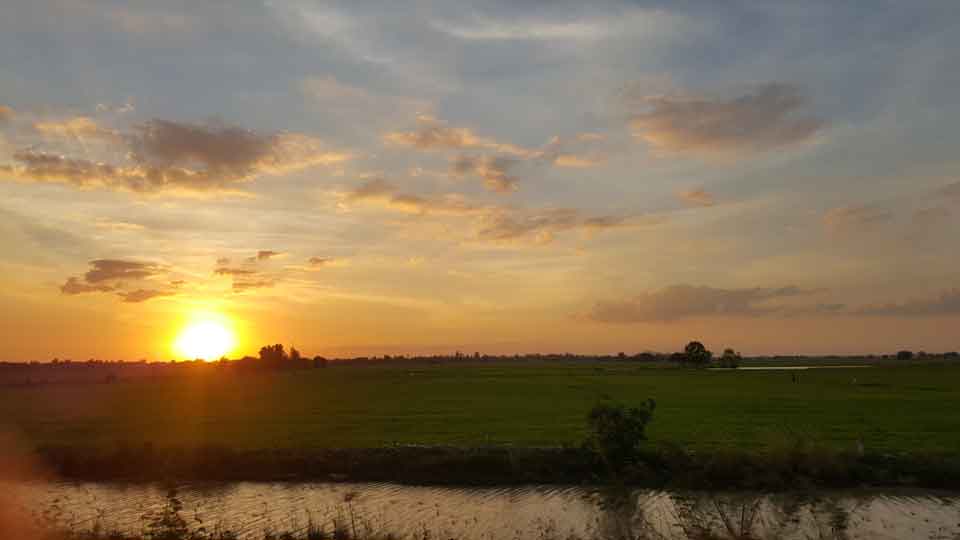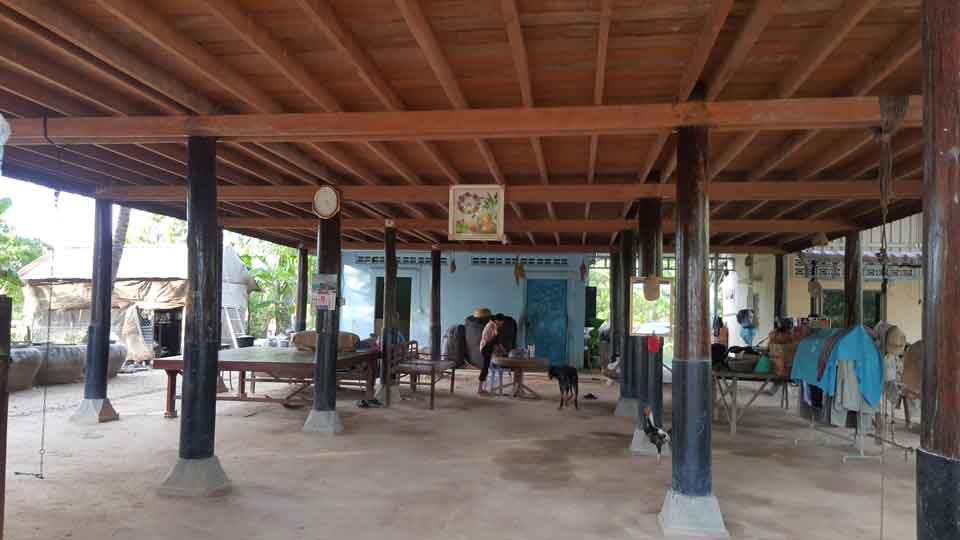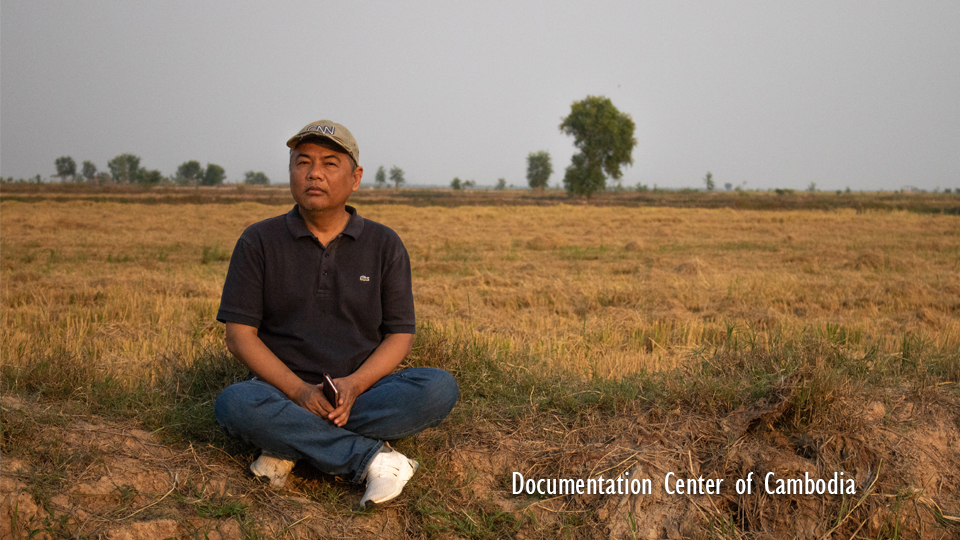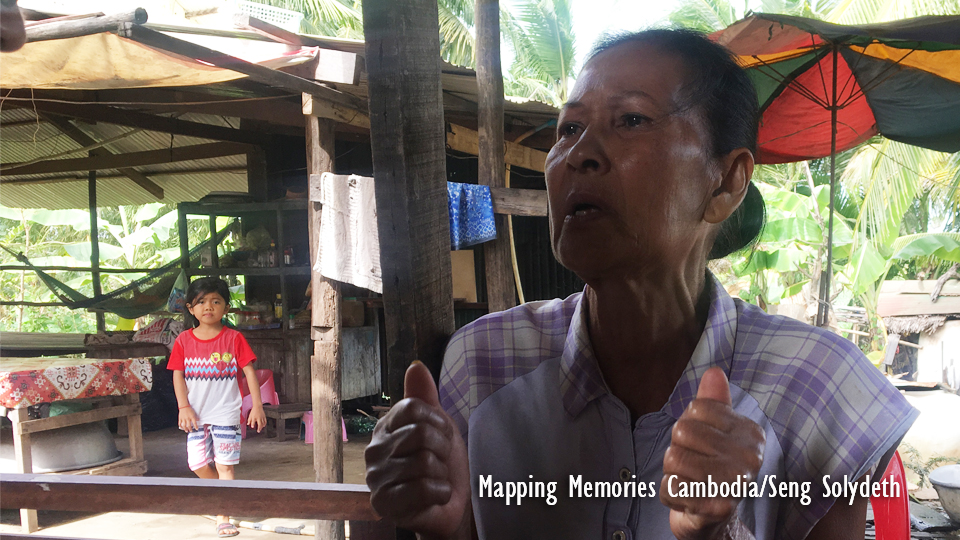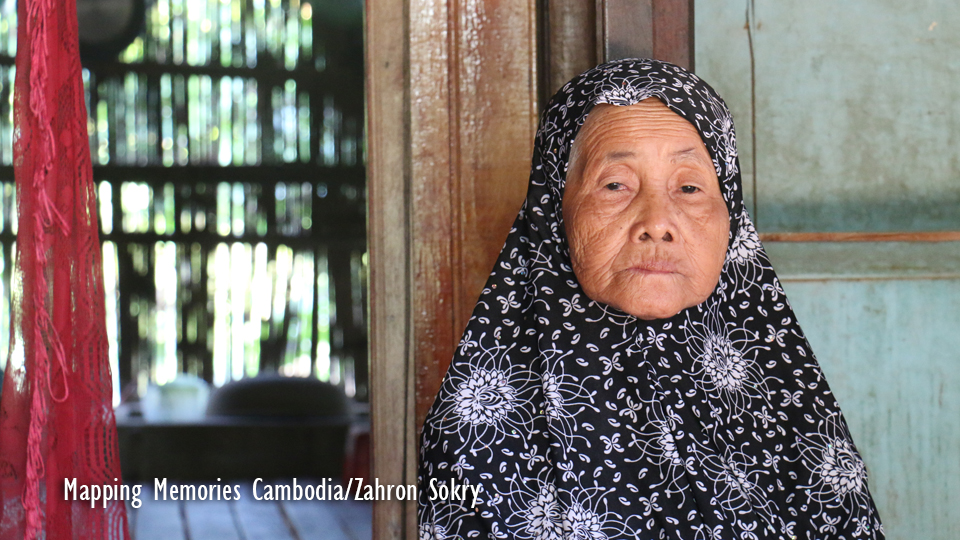Dark Tunnel Prison
By Meng Sokhouy
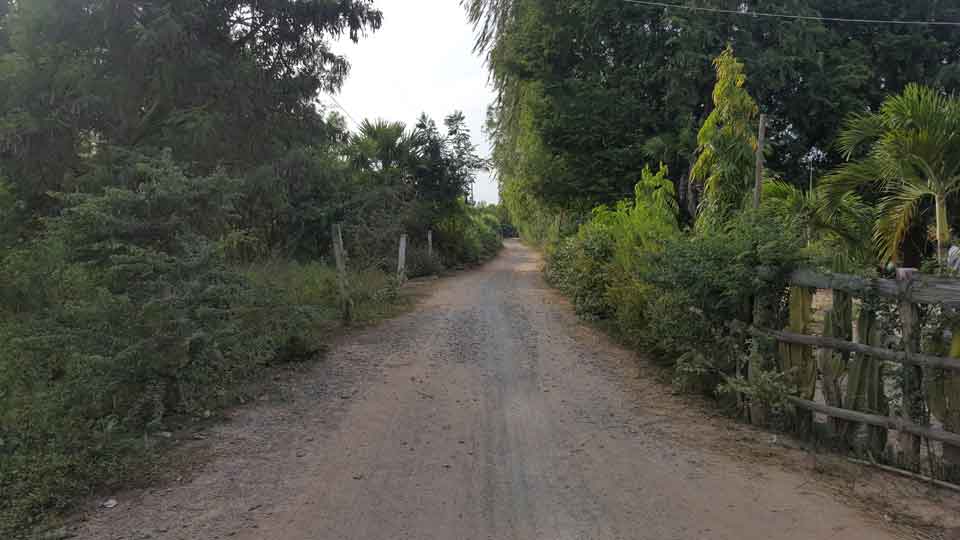
According to “A History of Democratic Kampuchea (1975-1979)”, a 2007 document of the Documentation Center of Cambodia (DC-CAM), there were nearly 200 prisons set up virtually everywhere.
However, it is still estimated that there were some prisons that are not known since some prisons were destroyed or changed for other uses. A small prison in Reusey commune, Prey Kabas district, Takeo province was one such “dark” prison. There still remain more dark prisons and many unknown stories associated with them.
The “dark” prison, a name given after the Khmer Rouge regime collapsed, referred to a detention center of Democratic Kampuchea regime. One such prison was located in Reusey commune, Prey Kabas district, Takeo province in which there were 4770 deaths, according to the Documentation Center of Cambodia (DC-CAM). However, this history is widely unknown to the young generation as this former prison was transformed into the kitchen of a house in the village and almost no one discusses this site as an underground prison during the Khmer Rouge regime.
Vouch, who was the owner of the house after the end of Khmer Rouge regime, pointed her finger to the prison and said:
“The underground was already filled with soil and cement and the kitchen was already built over the land. There is no more prison now.”
During Khmer Rouge regime, a prison was called a “security center” or “security office”. They were used for detention, interrogation, and execution. A prison was organized into five levels including sub-district, district, regional, zone, and central security center, according to a 2007 DC-CAM document, “A History of Democratic Kampuchea (1975-1979)”.
Chhang Youk, the director of DC-CAM, said the term “security center” is used instead of prison during the Khmer Rouge regime. And besides the above security levels, there were other small levels such as educated detention centers which were in almost all villages or communes. It could be a house or a small plot of land in a village
or commune used as prison. The prison was used to detain people accused of stealing. There were prisons in almost every single commune.
Yin Kimhoy, who was the owner of the place before the Khmer Rouge regime and a survivor from that time, said that the place was a cottage before the Khmer Rouge regime, and it was a prison during that time. After the Khmer Rouge regime when he went back to the village, he saw that the place was a hole 2.5 meters in width, 4 meters long and 2.5 meters high. Palm trees were used as pillars and it was covered by crossbars made of wood with soil above.
“There was only a hole as big as a mouse hole. It was the only way to allow air into the prison. But it would be terribly hot underground, where itwas dark, and therewas a lack of air.”
The treatment of the prisoners was very unique in the dark prison. As soon as the people were sent to the prison site, the guards forced them to drink 1 ladle of salt water and 1 ladle of porridge until they got diarrhea, became thin, and were almost unable to walk. Then, the guards sent them to an interrogation center.
Kimhoy said that he heard from the other villagers that the prison served as interrogation center where prisoners were questioned about their role and position before the Khmer Rouge time.
“If they answered honestly that they had been a teacher or soldier, they would be killed. However, if they said that they were a cyclo driver or a laborer, they would be sent to the dark prison.”
A 70-year-old woman Prum Sri who has lived nearby that village since the Khmer Rouge regime and had known about the prison in Reusey village. She recalls that at that time, she was called an “April 17 person” which referred to a person from city who came to live in another village. She was brought to Prey Kabas district. At first, she had no idea about the prison until she saw someone wearing the clothes of her freind. Finally, she found out her colleague was killed in the dark prison. The reason for her friend’s death was that she was a teacher.
“That place was where ‘April 17 people’, teachers, and police were sent to. They were killed at that prison in Reusey commune.”
Similarly, Chhang Youk, who was a 14-year-old boy at that time, was deported from Phnom Penh to Doung commune next to the commune where the dark prison was located. His elder cousin was killed there by his childhood friend. Youk’s cousin was killed because he was a soldier of Lon Nol, the leader of Cambodia before the Khmer Rouge.
“My elder cousin died there. He was a Lon Nol soldier. When brother Py was killed, he shouted out very loudly throughout the commune.He shouted very loud.”
Kimhoy said that he used to hear from the others about the meals in the prison
“There was a steel bowl, very very big one used to put porridge. The prisoners had their own spoon. The giant bowl was placed near the steel tunnel which was connected to the prison gate. At meal time, the guards would knock on the steel tunnel very loudly krang krang krang…’. The prisoners would know it was meal time. Then, the guards poured the porridge through the steel tunnel from the top.”
After the Khmer Rouge regime collapsed, this place was so quiet. Kimhoy recalls
“When I came back, I saw the house, the house without any people, only a house stood there. It was so lonely. And, there were many packages of cloth and cuffs there.”
“I saw so many cuffs all over the site, everywhere, on and under the house, somewhere near the gates. Some was new and was not used yet. They had just been made–so much. The porridge ladles were on the ground and the prison door was broken.”
Yin Kimhy, the younger brother of Kimhoy, saw the view of the prison after the Khmer Rouge left and spoke about the scene.
“Once I arrived, I smelled something very bad because the dead bodies nearby were not properly buried. They were swollen.”
“There was a gooseberry tree, somewhere around there. Its rough branches were fully covered by human gall bladders. It did not smell it because it was dry.”
Later on, Kimhoy and his family filled the prison with soil. They finally came back to live there.
Today, there is no trace of this significant place as a detention center as villagers resume normal life and make the land into a field for farming.
DC-CAM’s Chhang Youk, who works to record the memories and the history of that time, believes that the trail of the Khmer Rouge’s crimes should be preserved. However, he feels that people’s needs should be prioritized over the goal of preservation.
“It’s hard to blame anyone. The daily needs of people’s life stand in contrast to the needs of [preserving] history. The government does not have the ability [to support development]. We cannot make people not turn every single significant [historical] site to something else if we have no ability to develop anything.”
Youk said an alternative solution would be to create an initiative of the government who could set out a sub-decree that requires local officials to initiate the preservation of all the significant places related to Khmer Rouge history.
